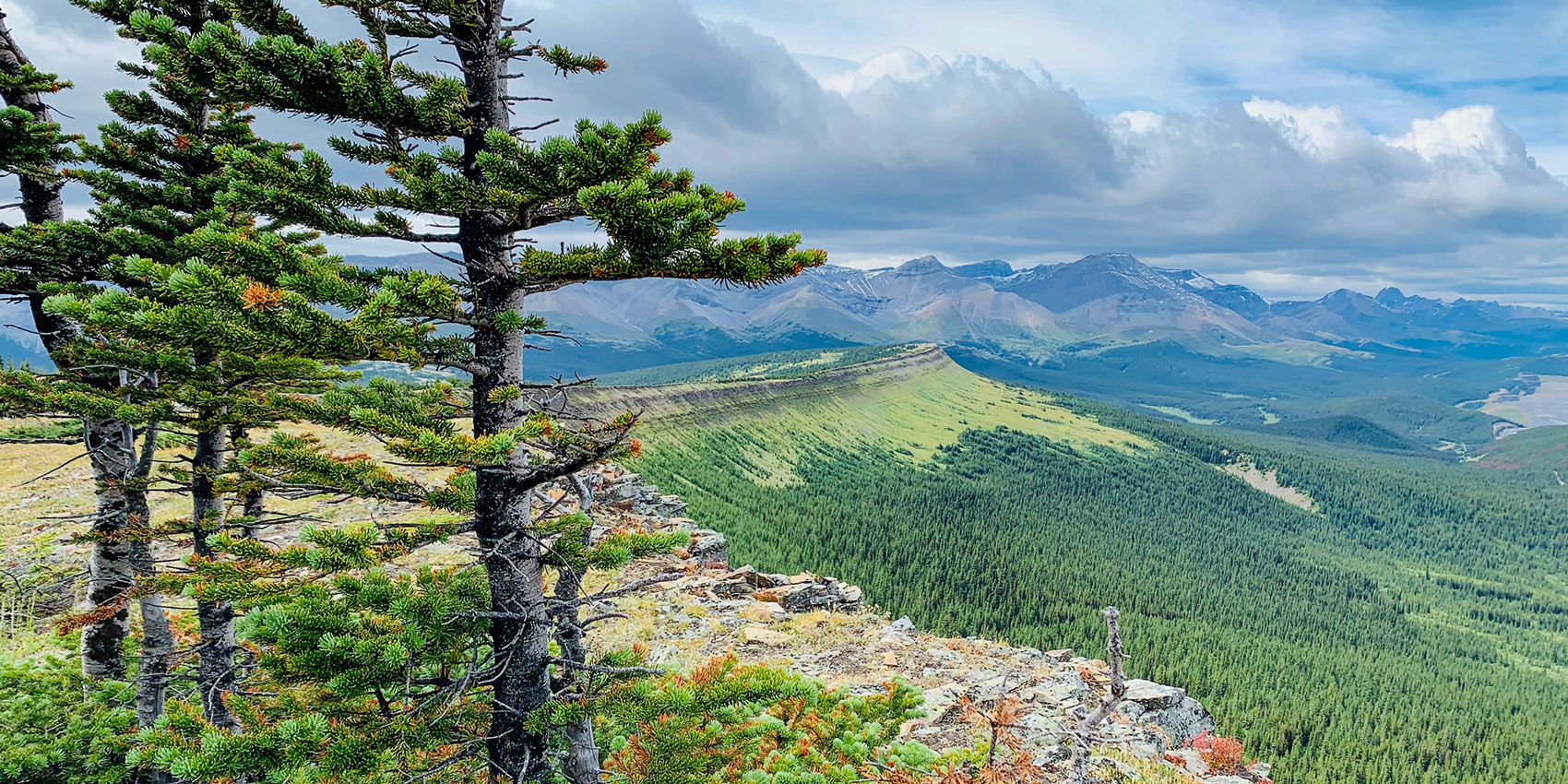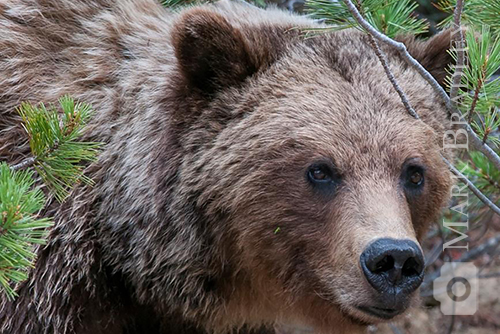A forest harvest scenario was “hand-crafted” by professional foresters with input and guidance from biologists, with the aim of minimizing negative impacts on grizzly bear habitat, while minimizing human-caused mortality risk, within operational limits. A separate forest harvest scenario was also drafted in a “business as usual approach” (BAU) through the use of Stanley and Woodstock forest management modeling software, incorporating different road access and cutblock designs. Research biologists from the fRI Research Grizzly Bear Program then examined the impacts of these different harvest scenarios on habitat availability and security using existing grizzly bear modeling tools that had been developed using 22 years of research findings.
Minimizing existing and anticipated motorized access in grizzly bear habitat has been identified as a high priority activity for provincial recovery of this species, since areas with higher road densities are associated with an increased risk of human-caused mortalities. While the Business as Usual plan resulted in an 18.87% increase in open road densities, incorporating access control measures in the Grizzly Bear plan resulted in an increase of only 2.12%. Effectively, since forest harvesting does improve grizzly bear habitats, this plan is a means to manage for road density over the long-term, which is arguably the most important element to support long term grizzly bear conservation in the Alberta Foothills.








